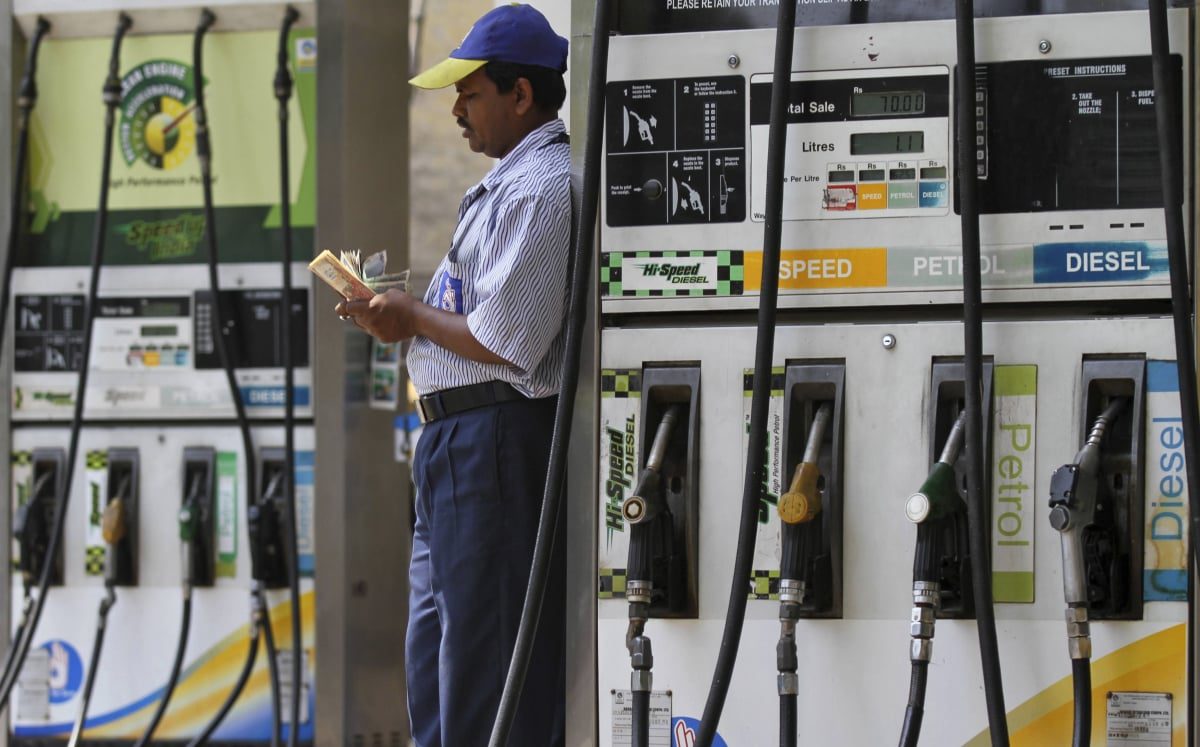Suggestions for postponing the review of fuel prices in India began to emerge after Saudi Arabia’s decision to voluntarily reduce its production by one million barrels of oil per day for a month starting on July 1, after the ministerial meeting of the “OPEC +” alliance, yesterday, Sunday, June 4, 2023, and the price increase resulting from This is in the global energy markets in the session directly following the meeting.
It is expected that the Indian authorities will wait to determine the effects of this decision on prices during the coming period, according to what industry sources told the local newspaper, The Economic Times-Energy World, today, Monday, June 5, 2023.
And Saudi Arabia decided to voluntarily cut oil production by one million barrels per day, during next July, which can be extended, while other member states of the OPEC + alliance extended the previous voluntary cut, which it decided in last April, and it began to be implemented this May. by 1.6 million barrels per day, until the end of 2024.
The coalition had decided to cut production by two million barrels per day in October of 2022, and began implementing it in November 2022, and will continue until December of 2023, which means that the total reduction amounts to 4.6 million barrels per day, representing About 4.5% of global demand, according to data seen by the specialized energy platform.
Crude oil prices
In a quick reversal of Saudi Arabia’s decision during the ministerial meeting of the OPEC + alliance to reduce production, futures contracts for Brent crude oil – delivery August 2023 – rose by about 1.33%, to $ 77.14, by 6:44 am GMT (9:44 am Mecca time). Al-Mukarramah), today, Monday, June 5, 2023.
US West Texas Intermediate crude futures – July delivery – also rose 1.45%, to record $72.78.
And crude oil prices ended their dealings, on Friday, June 2, with an increase of about 2.5%, but they recorded weekly losses, and during the past week, both Brent and West Texas crude declined by about 1.1% and 1.3%, respectively, according to what I monitored. specialized power platform.
This is likely to be reflected in fuel prices in India, due to the increased cost of oil imports into the country needed to operate refineries, according to industry sources.
The average price of a barrel of oil in Indian imports – currently – is around $ 72, which revived hopes for a new cut that the government might take in gasoline and diesel prices.
State companies were able to compensate for their losses after the drop in the oil price last month (May) by keeping fuel prices high, but now when the oil price rises, the profit margin will shrink due to the decrease in the difference between crude and its derivatives, according to what a source from the industry said, who preferred not to be named. .
The following graphic – prepared by the specialized energy platform – shows oil consumption in India from 2019 to the end of 2022:
oil imports
New Delhi imports 85% of its oil needs, and fuel prices in India are linked to global crude prices, so the cost of gasoline, diesel and other derivatives is reviewed daily, and is based on the average price of crude in the previous 15 days.
However, the government had frozen fuel prices in India for a period of 14 months, that is, since April 6, 2022, and a liter of petrol – currently – revolves around 96.72 rupees (1.17 US dollars), and diesel around 89.62 rupees (1.08 US dollars).
Fuel prices in India witnessed a change for the last time on May 22 (2022), as the government canceled the fuel tax to relieve the pressure of the continuous price increases due to the global rise in crude.
Jim Burkhard, assistant head of oil market research at S&P Global Comedy Insights, commented: “The revision of fuel prices in India depends on the evolution of the global oil price situation, the extent of its interaction with the decision to cut production from Saudi Arabia, market sentiment and the direction of growth of economies, in addition to to geopolitical events.
S&P Global estimated the size of the Saudi production cut from 9.9 million barrels per day, to 8.9 million barrels per day.
Several factors stand behind the decline in global oil prices, including: the unevenness of the Chinese economic recovery and its failure to reach the level of expectations, the bankruptcy crisis of US banks, and the confusion it caused in the financial markets, which coincided with the repeated interest rate hike by the Federal Reserve (the US Central Bank).
The markets also enjoy significant oil production – currently – from outside the OPEC + coalition countries, especially from the United States, Brazil, Canada, Norway and Guyana.
Burkhard added: “On the level of supply and demand, it seems that the Saudi production cut reinforces previous expectations of a decrease in supply in the third quarter of 2023 .. Prices have been weak recently, but we will see the effects of the decision in the coming period.”

Leave a Reply